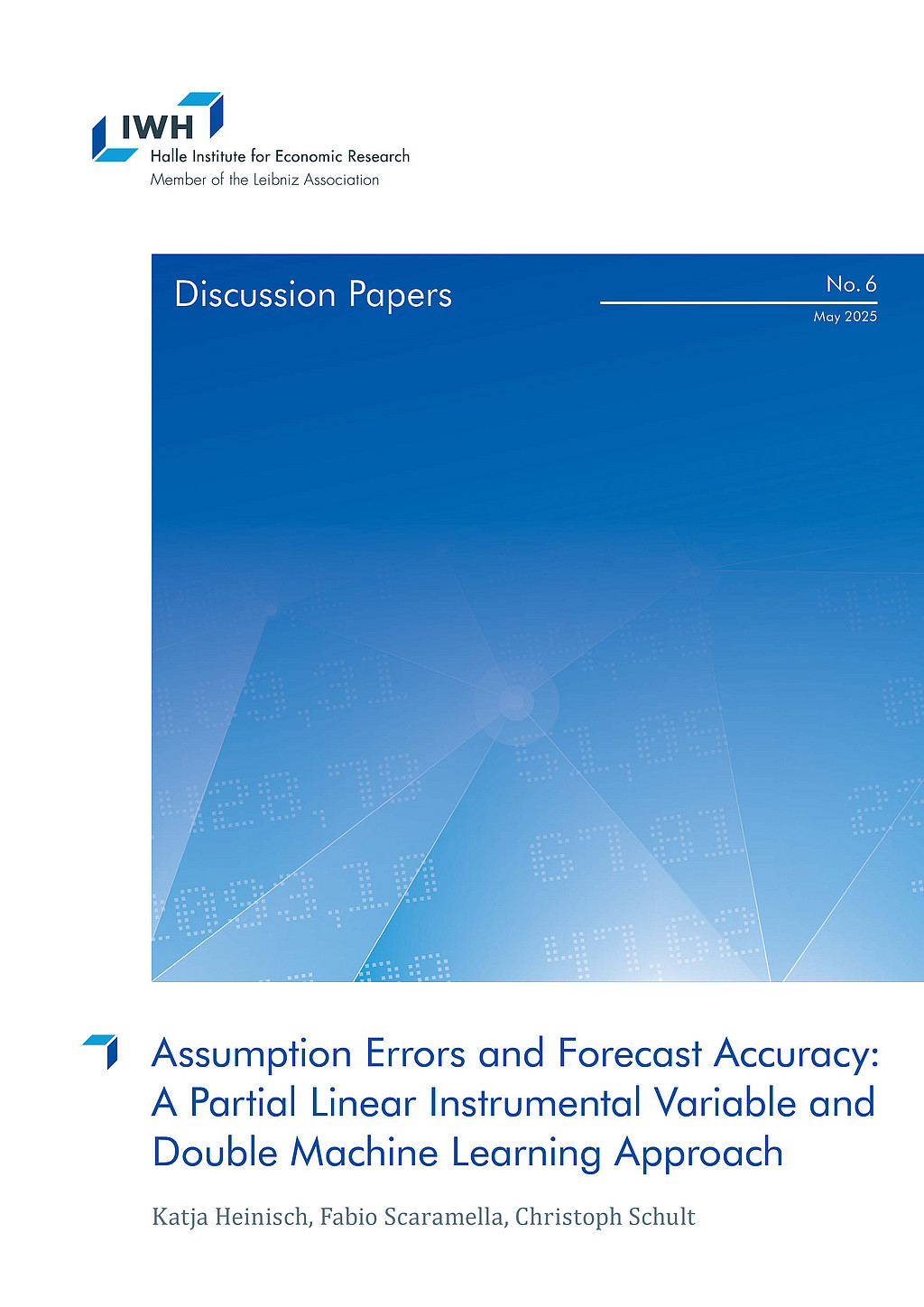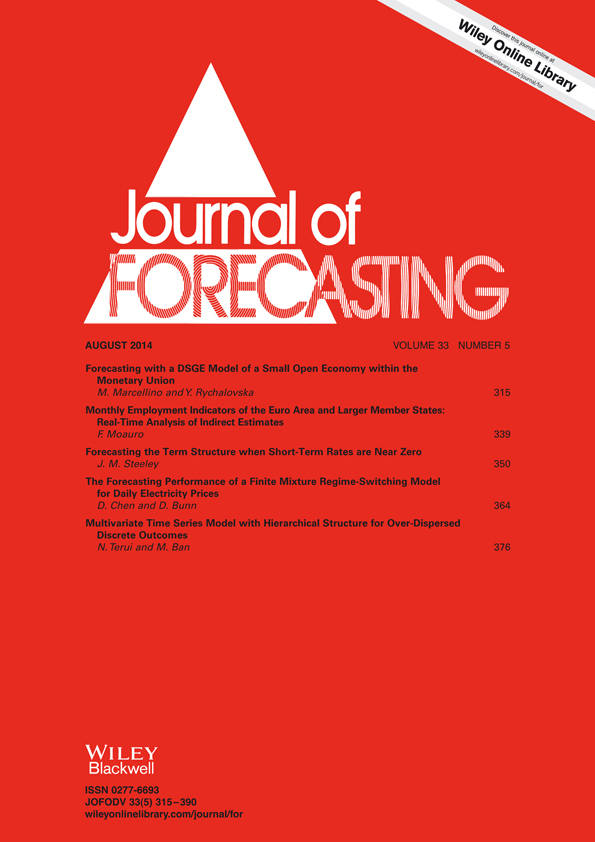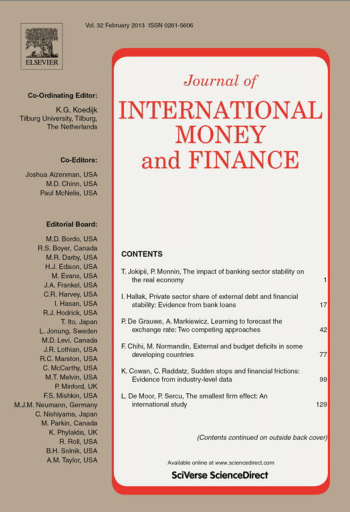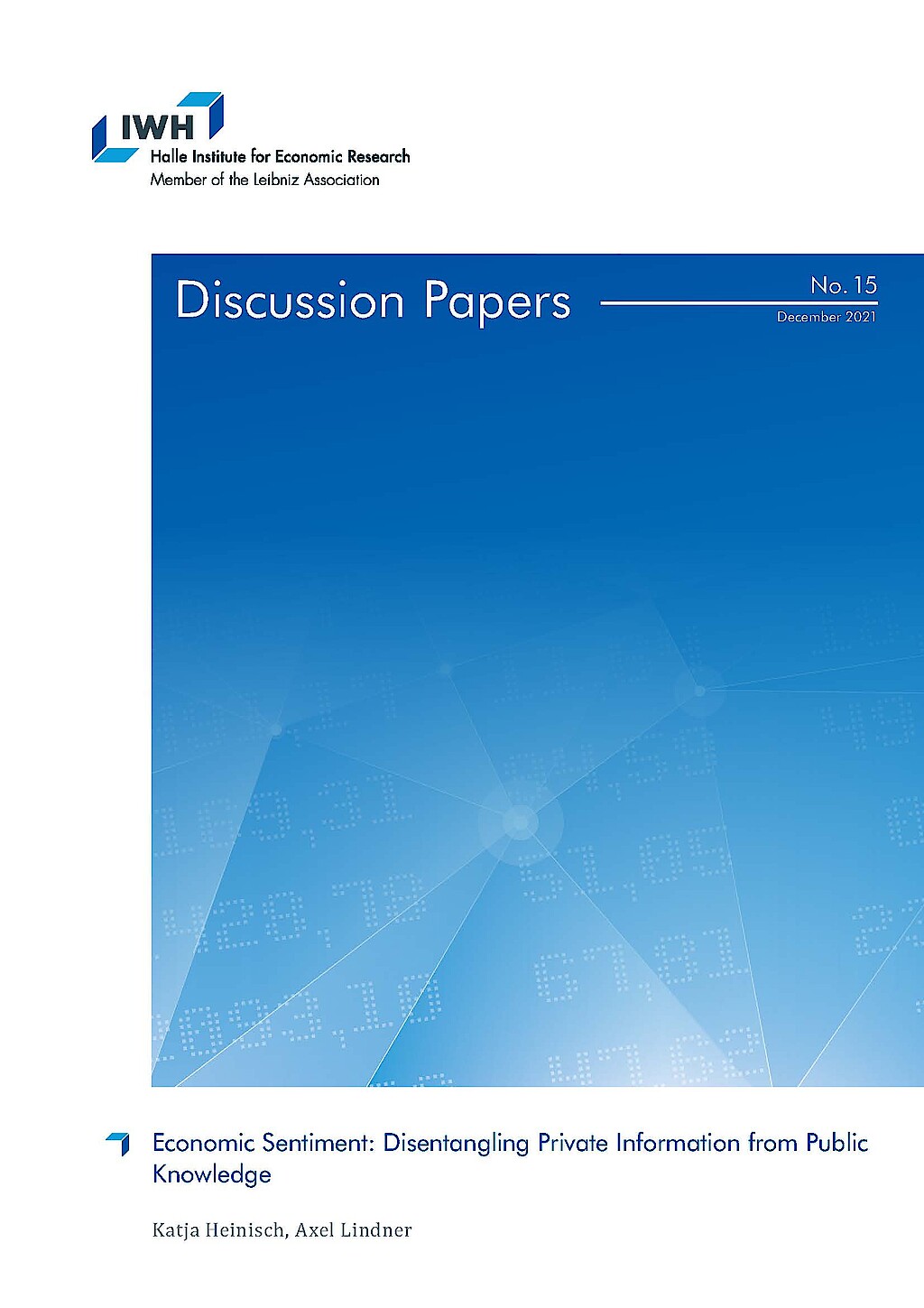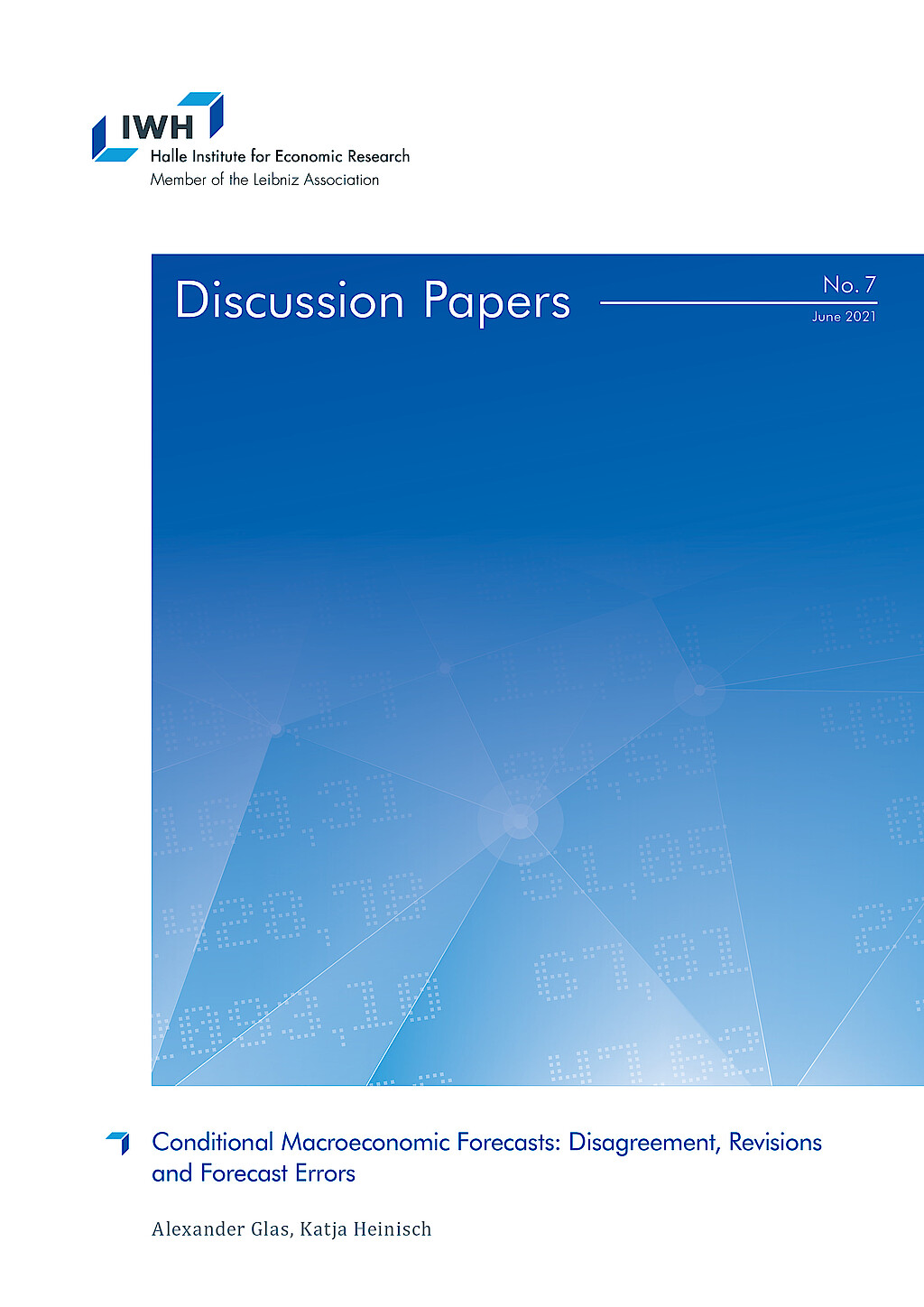Dr. Katja Heinisch

Aktuelle Position
seit 1/13
Leiterin der Forschungsgruppe Ökonometrische Methoden für wirtschaftliche Prognosen und Simulationen
Leibniz-Institut für Wirtschaftsforschung Halle (IWH)
seit 9/09
Mitglied der Abteilung Makroökonomik
Leibniz-Institut für Wirtschaftsforschung Halle (IWH)
Forschungsschwerpunkte
- internationale Makroökonomik
- angewandte Zeitreihenökonometrie, insb. Kurzfristprognose
- strukturelle makroökonometrische Modelle
Katja Heinisch ist seit September 2009 wissenschaftliche Mitarbeiterin in der Abteilung Makroökonomik. Zu ihren Forschungsschwerpunkten zählen insbesondere Kurzfristprognosen und die ökonometrische Modellierung gesamtwirtschaftlicher Zusammenhänge.
Katja Heinisch studierte an der Technischen Universität Chemnitz und der Universität Straßburg. Sie promovierte an der Universität Osnabrück. Während ihrer Dissertationszeit absolvierte Katja Heinisch Forschungsaufenthalte an der Europäischen Zentralbank (EZB) und beim Internationalen Währungsfonds (IWF).



